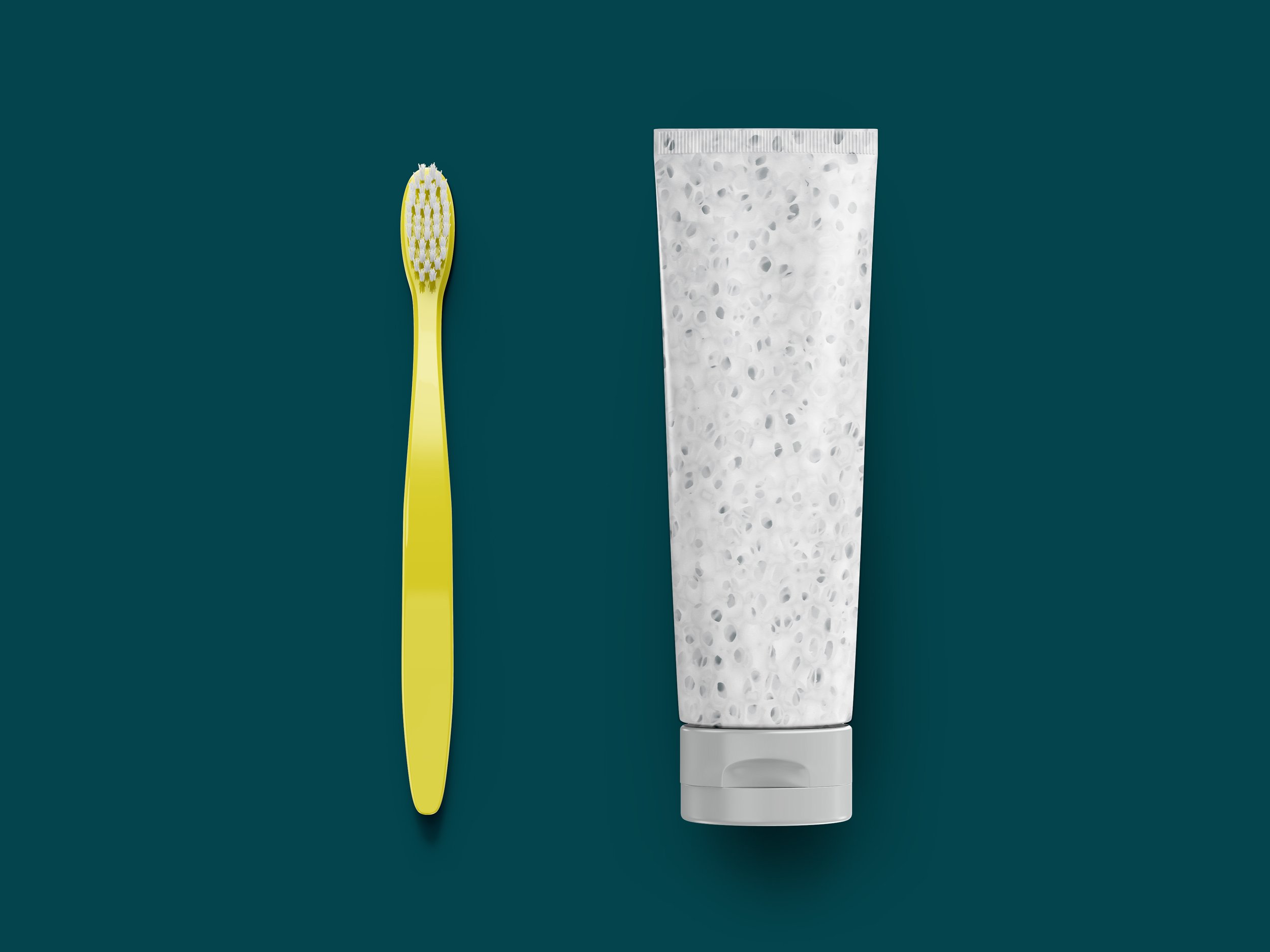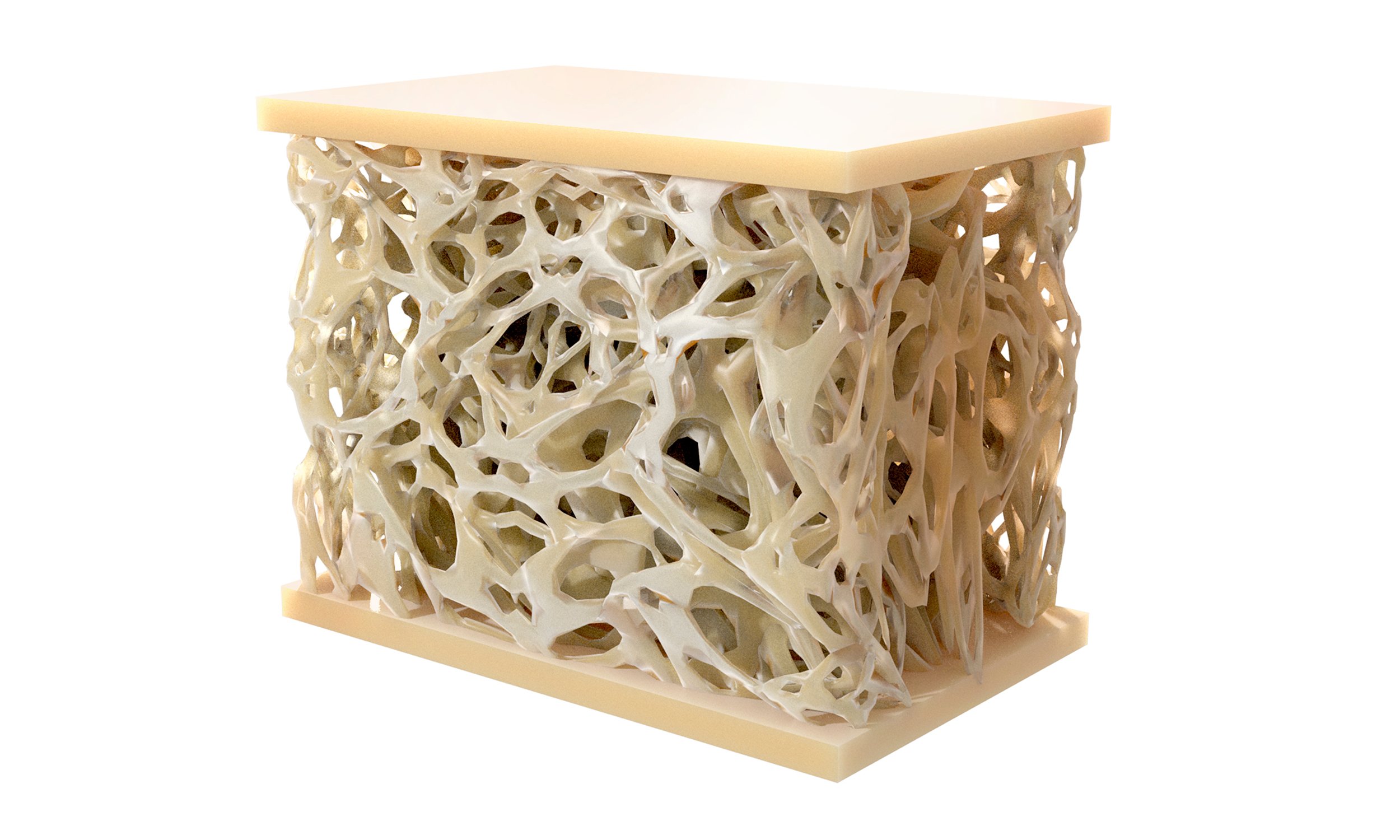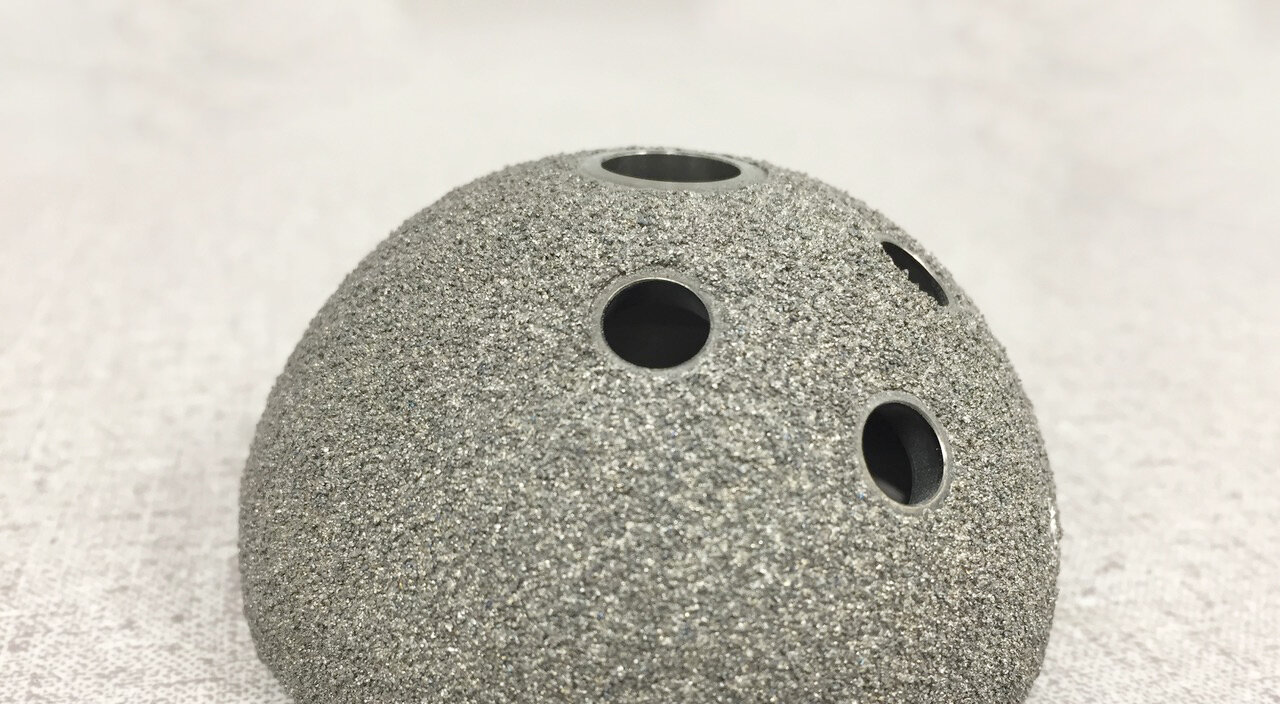
Exploring the Benefits of Hydroxyapatite in Toothpaste
People looking for an alternative to fluoride toothpaste don’t have to miss out on its protective, anti-cavity effects. Hydroxyapatite is gaining popularity as a toothpaste ingredient thanks to its ability to remineralize teeth and protect against cavities—plus it’s proving to have a few added benefits as well. But as with any newer ingredient, many people have questions about just what hydroxyapatite is, how it works, and whether it’s safe.

Synthetic Bone Grafting: An Overview of the Process, Terms, and Materials
Bone grafts help bones heal. Common cases that may require a bone graft include severe fractures, jaw reinforcement before dental implants, areas of missing bone due to disease such as cancer or bone infections, spinal fusion procedures, and artificial joint replacement surgeries.
Bone grafting is a dental, spinal, or orthopedic surgical procedure in which a bone replacement material is physically added to the area of missing bone. The goal of bone grafting is to have the patient’s own bone cells grow into the replacement material over time, eventually creating strong, healthy bone.

The Best Possible Outcome: The Importance of Post-Processing to Optimize Surface Morphology in Spinal Implants
Here at Himed, we are gearing up for the BIOMEDevice and the NASS trade shows in Boston. So we started asking ourselves what we were most excited about in orthopedic advancements in general, and spinal health in particular. The answer—perhaps not surprisingly for a surface treatment company—are the benefits that patients experience when spinal implants undergo optimizing surface treatments after manufacture.

Answering the Calls: 30 Years of Himed History
As President of Himed, Ed Garofalo oversees a business that’s now a leading global provider of cutting-edge biomaterials and surface treatments for the dental and orthopedic industries. Yet thirty years ago, if you went looking for Ed, you’d find him working with metal coatings for engine turbines at a family-owned business in New York called Hitemco.
Of course, engine turbine parts and a hip implant don’t have much in common on paper, but it’s safe to say that the finish on both had better be unquestionably precise before they’re put to use.

Hipper than Ever: Advancing Technologies Make Hip Replacements Viable for a Younger Population
When you picture a typical hip replacement candidate, you likely think of someone aged 60 or 70, not 40 or 50. Up until recently, that assessment was in line with reality. The main reason older adults have been more likely to receive a hip replacement is fairly obvious: as people age, their joints are more likely to degenerate to the point where surgery is required.
